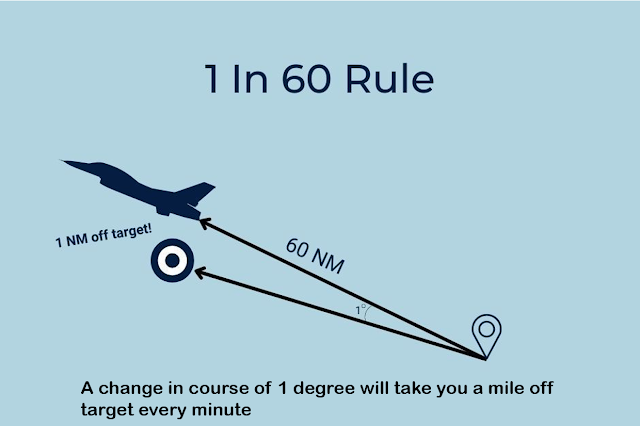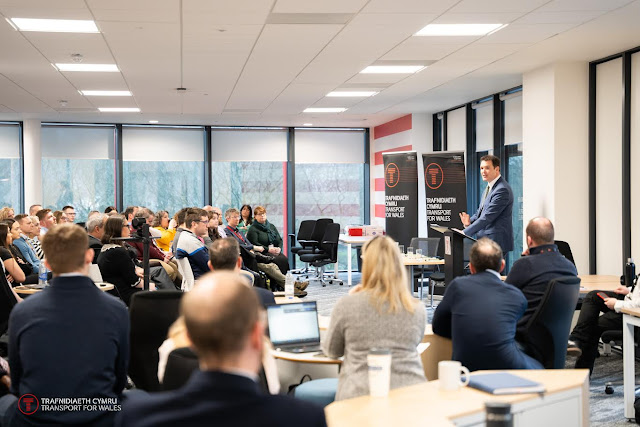A second city – relegation for Swansea?
Published on IWA blog on 5th August 2013
Is Swansea Wales’ second City? In population terms certainly, but it seems a rather dated question – reflective of a time when the ‘principality’ was only worthy of two perhaps. With the elevation of Newport to city status it is probably more productive to think in terms of Wales having several ‘second cities’.
So what then of Swansea’s identity? That too is changing. The last census showed a growth in the city’s population of around 15,500 over the last decade with Swansea becoming more cosmopolitan (though still 94% white).
A 9.0% fall in the number of welsh speakers (greater than the 3.5% fall recorded for Wales over the period), underlines the sense that discussions about Swansea’s ‘identity’ are more appropriately framed in terms of the city having several ‘identities’.
Any sense of place, and the orientation of the people who live there, is of course dynamic. Identities are fluid, and are constantly changing. Swansea’s is rich and complex, but perhaps no more so than a similarly sized town in England.
The more relevant question for modern Swansea is ‘is it more than the sum of its parts?’. Without a coherent sense of direction Swansea risks being buffeted by the severe storms on the horizon.
The Institute for Fiscal Studies estimates that Welsh Councils face spending cuts of 18% in the next few years. Politicians will want to try and protect key frontline services like education and social services from the worst. But even assuming they can limit reductions in key areas to 9% that will mean that spending on other services will have to come down by an eye watering 52%. This is a game-changing scenario. Efficiency cuts, or collaboration, cannot produce savings of this magnitude. It will require real sacrifice and political pain as the budgets for libraries, parks, leisure centers, public toilets and other visible services are slashed.
This is something all Welsh councils will face, but Swansea enters this storm in an already battered state. Next year it has a projected deficit of £5m, with a forecast shortfall of £22m in 2015/16 and £35m in 2016/17.
Add into the mix Swansea’s weak economic base – the city falls within one of the poorest regions in the European Union; its dependency on the public sector – a third of its working population work for the state; and the fact that nearly 20% of its population is over 65; and it has higher than average percentage of residents with a long term health problem or disability (at just under a quarter).
Even a city secure in its identity and clear on its future direction would struggle to deal with these profound challenges. Swansea, however, is not in this position. My own experience of dealing with every authority in Wales in my previous role is that the city and county of Swansea is one of the weakest. My anecdotal canvassing of people ahead of last week’s IWA event in the city found that the two words most often repeated to describe the city’s politics were ‘messy’ and ‘nasty’.
“The current structure of local government – party political, ward-based councillors… – means that it can be more difficult to take tough, timely strategic decisions that, although they may create winners as well as losers, would benefit thecity overall.” Andrew Carter of the Centre for Cities think tank wrote in a wide-ranging report on the potential impact of directly elected mayors.
The report argued that Mayors, due to their strong ‘place-wide’ mandate, can help, both where they have formal authority and where they use ‘soft power’ to influence relationships across Government, business, and civil society. The evidence seems clear enough in Bristol. The capital of south west of England was just one of two cities that voted in referenda to replace their cabinet structure with a directly elected Mayor. George Ferguson, an independent, has brought both definition and flair to the city’s leadership.
Clearly an elected Mayor is no panacea. The multiple challenges Swansea faces would not melt away by the election of a single figure, no mater how dynamic. But it would help the City to articulate a unified vision for its future direction, and would help create a catalyst to the transform the culture and focus of the council bureaucracy. And if the system of using ‘open primaries’ to select candidates was adopted wholesale the process could be used to oxygenate Swansea’s politics.
If the city has serious ambitions to rank alongside Cardiff it needs to chart a new course. It cannot expect aid or support from elsewhere. This is a journey that has to be driven from within the city.
Swansea has a natural advantage in its location, and a tremendous opportunity in the growing reputation of the city’s University, but it is not yet doing enough to capitalise on either.
If it does not strike out in a fresh direction Swansea risks being overwhelmed by forces beyond its control, and the notion that it was ever considered a second city will be laden with pathos.



Comments